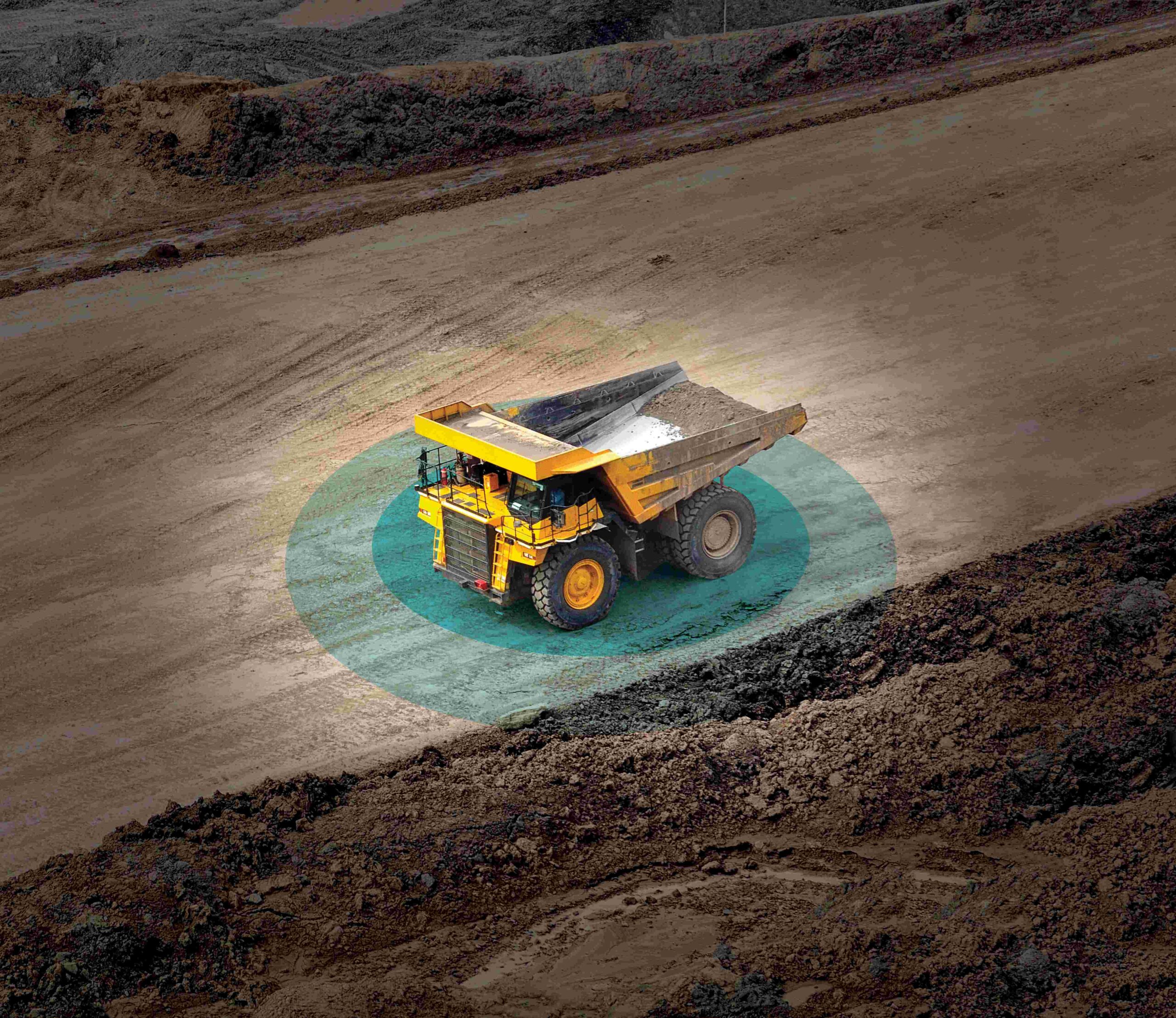From being a hands-on, artisanal industry founded on mechanical engineering and chemical processes, the quarrying sector has become a hi-tech industry that uses vast amounts of data and data insights to enhance efficiencies and improve safety.
Gathering this data is the province of the Internet of Things (IoT), where smart devices, cameras, wearable health tech, satellites, drones, sensors, and onboard computers are used to track vehicles, material, staff and equipment. All of this technology enables insights that can enhance safety, boost production, and ensure legal compliance.
Globally, telematics and data technology are taking root in the quarrying sector. For operations to be viable, teams must move earth as efficiently as possible by monitoring fleets constantly, designing routes and usage rosters, conducting training, and managing performance output in order to ensure the most effective deployment of staff, equipment, and fleets in real time.
Safety matters
Quarries are dangerous environments, and numerous stringent Department of Mineral Resources and Energy (DMRE) health-and-safety regulations are specifically geared to protecting employees against collisions with trackless mobile machines. This has made some level of collision-avoidance systems mandatory for all vehicles in the surface mining and quarrying space.
Netstar’s Collision Avoidance Proximity System (CAPS) uses sensors that can trigger automatic slowing down (level 8) and stopping and/or avoidance (level 9) when pedestrians, vehicles and machinery enter a certain proximity. The system also collects real-time data, interprets it, and then audibly and visually warns vehicle operators of a potential collision (level 7 intervention).
Human error accounts for 90% of driving accidents, often due to fatigue. Wearable IoT technology, such as health monitor watches and AI-based driver-fatigue monitoring systems, addresses this. Wearable tech protects drivers and other users of mine roads, warning of possible worker fatigue and providing alerts before it becomes a safety risk.
Through IoT data-gathering technology and the use of artificial intelligence (AI), quarry owners can manage risk and avoid unnecessary downtime due to misuse or repairs. AI can also support predictive maintenance, proactively notifying quarry and fleet managers when equipment is faulty, due for service, or needs to be replaced.
Increased safety also means fewer events and lower investigations and claims costs. Health monitors provide data that the back office can view on a cloud-based software platform. Quarry managers can then review this to plan better routes, traffic, and employee-equipment interactions.
Rapid rate
The use of smart devices and other IoT technology is growing at a rapid rate, and quarry operations across the world cannot afford to ignore the benefits of using the latest technology to extract as much performance data as possible.
It is not only about making operations safer, but about building a more efficient, more effective, and more profitable business.





